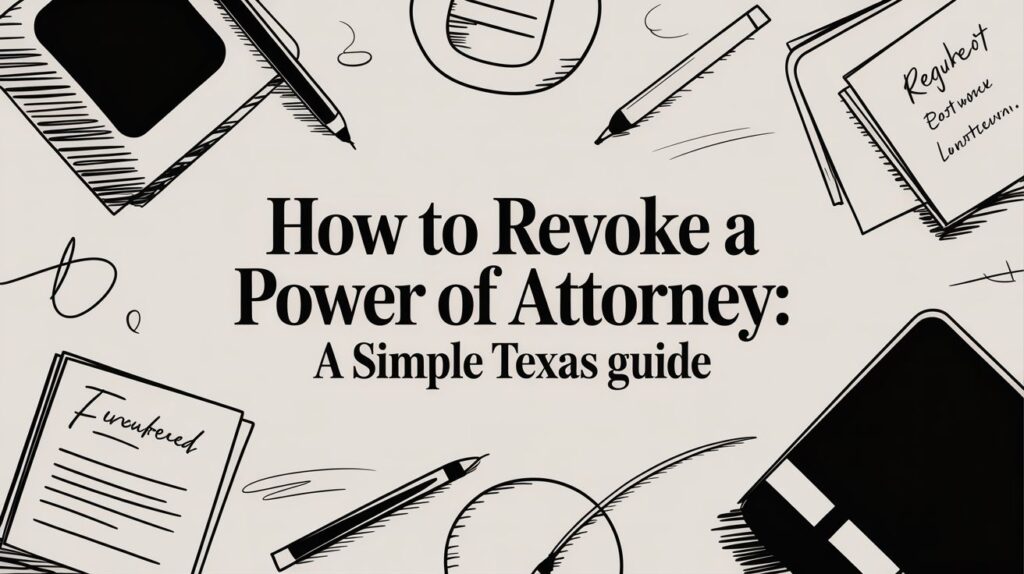If you’re wondering how to open a probate estate in Texas, you’re not alone. Every year, thousands of families across the Lone Star State are faced with the complicated process of settling the estate of a loved one. And while the term “probate” might sound like something only attorneys talk about, it’s something everyday Texans need to understand—especially when real estate is on the line.
This guide unpacks how to open a probate estate in Texas and secure real estate assets, offering practical steps, legal insights, and real-life storytelling to help you through what can often be an overwhelming process.

What Does It Mean to Open a Probate Estate in Texas?
Let’s start at the very beginning. When someone passes away in Texas, their estate—the property, possessions, debts, and legal affairs they leave behind—doesn’t just magically sort itself out. If they owned assets solely in their name, those assets are frozen until a court gives someone the legal authority to manage and distribute them.
That’s where opening a probate estate comes in. It’s the process of officially starting the legal journey in probate court, so an executor (if there’s a will) or an administrator (if there’s not) can begin handling the estate.
And here’s the kicker: if real estate is involved—like a family home, a rental property, or vacant land—you must typically go through probate before it can be sold, refinanced, or transferred. That’s why knowing how to open a probate estate in Texas and secure real estate assets is critical for families trying to protect their inheritance and avoid legal headaches.
Real-Life Example: The Blanco Family Dilemma
Take the Blanco family. When their father, Robert, passed away in San Antonio, he left behind a modest home, a small savings account, and no will. The siblings assumed they could just sell the house and divide the proceeds. But they quickly learned that without opening a probate estate, the title couldn’t be transferred.
Title companies wouldn’t touch the sale. Banks froze accounts. And the county wouldn’t recognize any change in property ownership without a court order.
The family had no choice—they had to open a probate estate in Bexar County Probate Court. Once that step was done, they were finally able to manage the estate legally and secure the real estate.
Step 1: Determine If Probate Is Even Necessary
Before we jump into how to open a probate estate in Texas, it’s important to ask: Do you even need probate?
Not every estate requires full probate. There are a few situations where probate might be avoided:
- The deceased had no assets in their name alone
- All assets were jointly owned with rights of survivorship
- Assets had named beneficiaries (like retirement accounts or life insurance)
- The estate qualifies for a Small Estate Affidavit (worth less than $75,000 excluding the homestead)
- The will qualifies for Muniment of Title only (meaning no debts and probate is solely to transfer property title)
But if real estate is owned solely by the deceased, and there are no survivorship or transfer-on-death designations, probate is usually required.
So, in most cases, securing property legally means learning how to open a probate estate in Texas through the court system.
Step 2: Locate the Will (If One Exists)
If the deceased left a will, that’s your golden ticket to a smoother probate process. But even with a will, probate is still needed to validate it and appoint the executor.
To open a probate estate in Texas with a will:
- The original, signed version must be filed with the court
- The will must be filed within four years of the date of death
- You must file in the county where the deceased was a resident (or where the property is located, if no permanent residence existed)
No will? Then the estate is considered “intestate,” and the court will appoint an administrator and divide the assets based on Texas intestacy laws.
Knowing whether you’re dealing with a testate (with a will) or intestate (without a will) estate changes how you approach opening the probate estate.
Step 3: File the Application to Probate
Once you know you need probate, and whether a will exists, the next move is filing an Application to Probate with the county probate court. This is the official start of the legal process.
The application should include:
- The decedent’s full legal name and date of death
- A statement about whether they died with or without a will
- A request to appoint an executor or administrator
- A description of the heirs or beneficiaries
- A general description of the estate assets (especially real estate)

Once filed, the court will schedule a hearing, but not before a waiting period. In Texas, the application must be posted at the courthouse for at least 10 days before a hearing can be held.
That’s to give the public notice—and anyone who wants to contest the will—a chance to come forward. It’s part of Texas’ due process protection, and it’s a key step in how to open a probate estate in Texas the legal way.
Step 4: Attend the Probate Hearing
Here’s where the rubber meets the road. You’ll need to attend a short hearing before a probate judge. This hearing isn’t like a dramatic courtroom TV show—it’s usually quick and administrative unless someone objects.
At the hearing:
- The judge will review the application and supporting documents
- If there’s a will, witnesses may need to testify to its validity (or you may use a self-proving affidavit)
- The judge will appoint the executor or administrator
- Letters Testamentary (for executors) or Letters of Administration (for administrators) will be issued
These “Letters” are crucial. They give the personal representative legal authority to act on behalf of the estate—to pay debts, manage accounts, and transfer property.
This is where how to open a probate estate in Texas and secure real estate assets really takes shape. Without those Letters, no bank, title company, or government office will recognize your authority.
Step 5: File an Inventory of the Estate
Once the representative is appointed, Texas law requires the next big step: filing an Inventory, Appraisement, and List of Claims.
This document must list all assets and their estimated value as of the date of death, including:
- Real estate
- Vehicles
- Bank accounts
- Investment accounts
- Personal property
- Debts owed to the estate
Real estate is a major part of this list. And if the property needs to be sold, refinanced, or transferred to heirs, it must be identified clearly in this filing.
This inventory is typically due within 90 days of the representative’s appointment, although extensions can be requested. Filing it late—or inaccurately—can cause delays or court sanctions.
Step 6: Handle Debts and Creditor Claims
Many families assume probate is all about “who gets what.” But there’s a critical in-between stage—paying off what the deceased owed.
Texas probate law requires notice to creditors, and creditors can file claims against the estate for:
- Credit card debt
- Medical bills
- Mortgages
- Business obligations
- Taxes

The executor or administrator must review these claims, determine their validity, and pay them from estate assets before heirs get anything.
And here’s an important point: real estate can be used to satisfy debts. If the estate is short on cash, the court may approve the sale of property to cover what’s owed. That’s why securing real estate often means more than just listing it on an inventory—you need to shield it from unnecessary liquidation if you want it to pass to heirs.
Step 7: Transfer Real Estate Titles
Once debts are paid and court approvals are secured, the real work of transferring property begins.
Here’s where many people fumble. Even if the will says “I leave the house to my daughter,” that doesn’t happen automatically. You still need:
- A court order or approved distribution plan
- A new deed drafted and filed with the county clerk
- A clear title issued by a title company (if planning to sell)
The executor or administrator signs the deed on behalf of the estate. This legal step formally moves the property from the deceased’s name into the heir’s name—or a buyer’s, if the property is sold.
Understanding how to open a probate estate in Texas and secure real estate assets includes this final leg of the race—because without updated deeds, heirs may have no legal proof of ownership.
Common Roadblocks When Opening Probate in Texas
Despite best efforts, things don’t always go smoothly. Here are some hurdles that often stall or complicate the process:
Missing Heirs
If the family can’t locate all legal heirs, the court may appoint an attorney ad litem to investigate. This adds time, complexity, and cost.
Disputes Over the Will
If someone contests the will’s validity or claims undue influence, the case becomes a dependent administration—meaning every move requires court approval.
Title Problems with Real Estate
Old liens, unresolved mortgages, or vague ownership records can stop a property transfer in its tracks.
No One Willing to Serve
If no family member wants to be administrator, the court may appoint a public administrator or local attorney—adding outside costs and delays.

Final Thoughts: Why Probate Knowledge Matters
Knowing how to open a probate estate in Texas and secure real estate assets isn’t just legal trivia—it’s essential financial protection for your family. Without going through proper probate, real estate can’t be sold or refinanced, assets may be delayed or lost, and heirs could see property taken by creditors. In some cases, the estate might remain locked in court proceedings for years. While Texas offers a more streamlined probate process than many other states, it still demands careful attention to paperwork, legal timelines, and court procedures. Whether you’re an executor aiming to honor a loved one’s final wishes or an heir trying to safeguard a family property, understanding this process is crucial.








